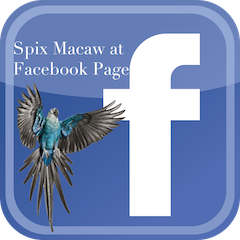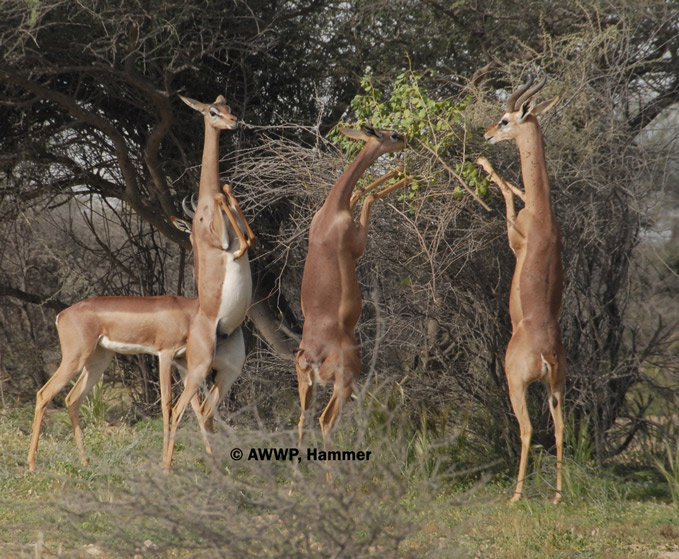 |
One of the most easily identified antelopes with long slender legs and neck. It’s also named “Giraffe necked gazelle”. Able to stand erected on their hind legs when browsing. Occurs at the Horn of Africa, Kenya and Tanzania.
Gerenuks are quite sensitive due to their special nutritional needs and their susceptibility for neck fractures when startled. In the wild Gerenuks live solely on fresh leaves. AWWP has great breeding and rearing successes in both natural and artificial rearing. |
 |
 |
Laristan Mouflon / Ovis orientalis laristanica
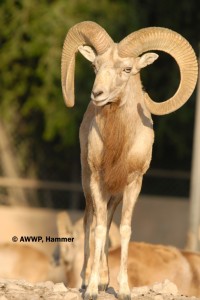 |
 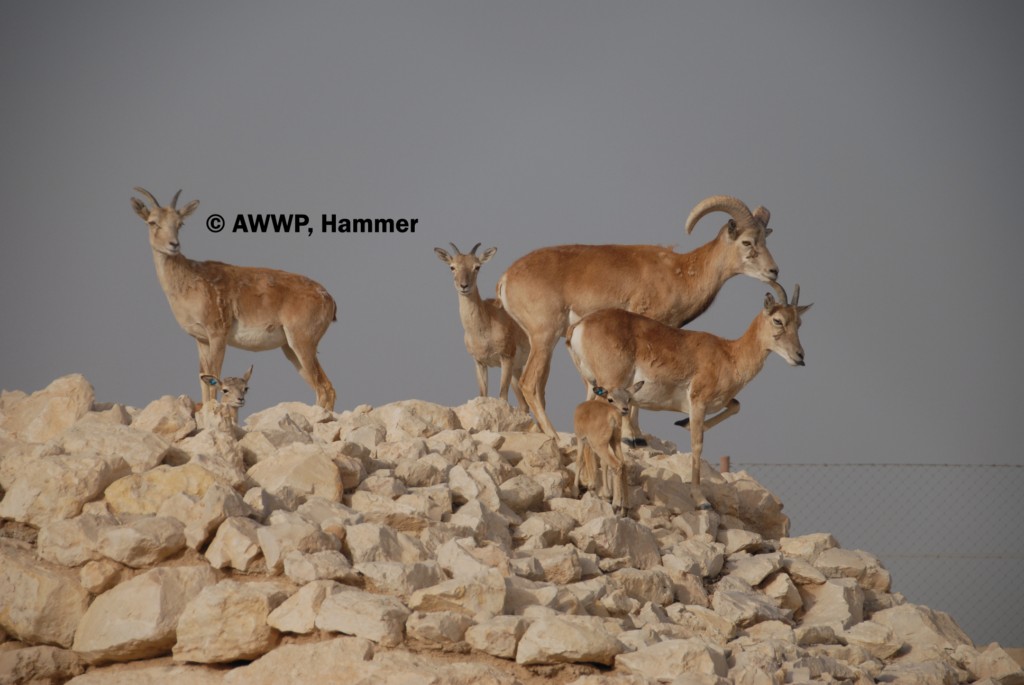 |
|
|
Laristan wild sheep inhabit the Desert Mountains and hills of the Laristan and Fars provinces of south/southeastern Iran. Like all sheep, the Laristan is gregarious, gathering in herds sometimes up to 100 individuals. Most populations undergo seasonal movements. Rut occurs in the late autumn, birth season is March/April. The IUCN classifies the Laristan sheep as VULNURABLE. AWWP keep 2 different populations. One was confiscated at their arrival in 2003 in Sharjah/ UAE.
Nilgai / Boselaphus tragocamelus
 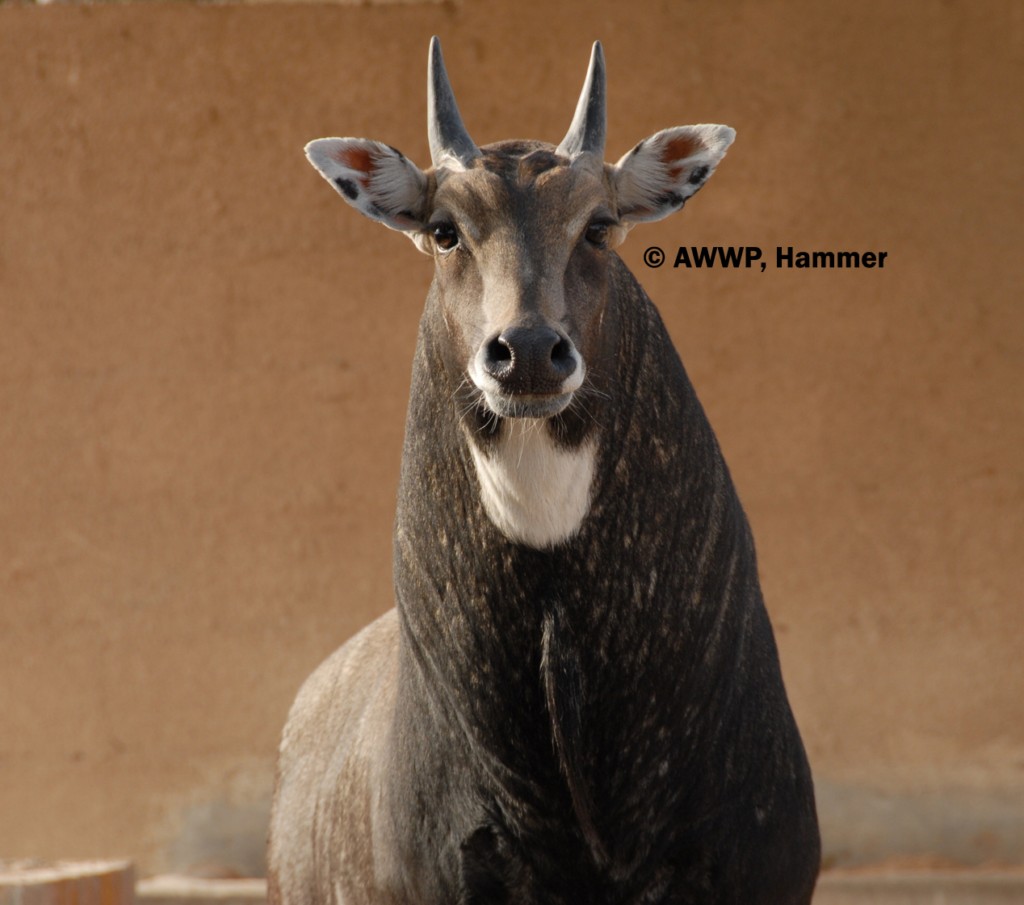 |
 |
|
|
The Nilgai, also known as a Blue bull, is an antelope which was one of the most commonly seen wild animals of plains and low hills in northern India and eastern Pakistan. In the 1920 Nilgai have been introduced into Texas, where there are more than 30.000 living on game farms today. The nilgai is the biggest asian antelope. In the wild, females and young males gather in herds of about fifteen individuals while older males are often solitary. The IUCN classifies the Nilgai as LEAST CONCERN.
Nubian Ibex / Capra ibex nubiana
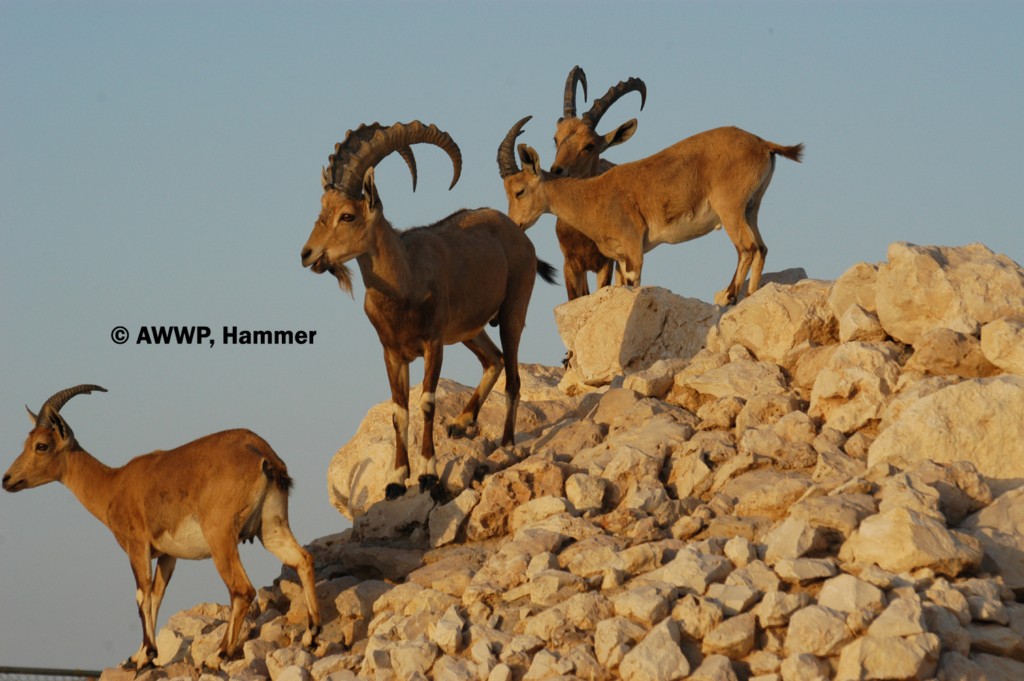 |
  |
|
|
The ENDANGERD Nubian ibex is relatively small compared to other ibexes, but it’s the most colourful of all ibexes. They are a light tan colour, with a white underbelly. In males there is also a dark brown stripe down the back. During the October rut, the neck, chest, shoulders, upper legs, and sides of bucks become dark brown to almost black. The semicircular horns curve upward, backwards, and finally down. They are found in both sexes, but are much larger in males (up to 120 cm with 24-36 knobs on the outer curve) than in females (up to 35 cm). The Nubian ibex lives in rocky, Desert Mountains with steep slopes in northeastern Africa and parts of Arabia. There is a European breeding program for this species, where AWWP participates in.
Pelzeln’s Gazelle / Gazella dorcas pelzelni
  |
 |
|
|
This subspecies of the dorcas group is found in the maritime desert lowlands of North Somalia and Djibouti where it lives in dry and stony plains covered with low bushes. Pelzeln’s gazelles live in small parties up to 2-12 heads. Old males are often solitary. They browse on shoots of acacias and desert bushes. The Dorcas group in general is classified as VULNERABLE; Pelzeln’s are not particularly listed. AWWP house a large group in huge area under semi wild conditions.
Persian Goitered Gazelle / Gazella subgutturosa subgutturosa
 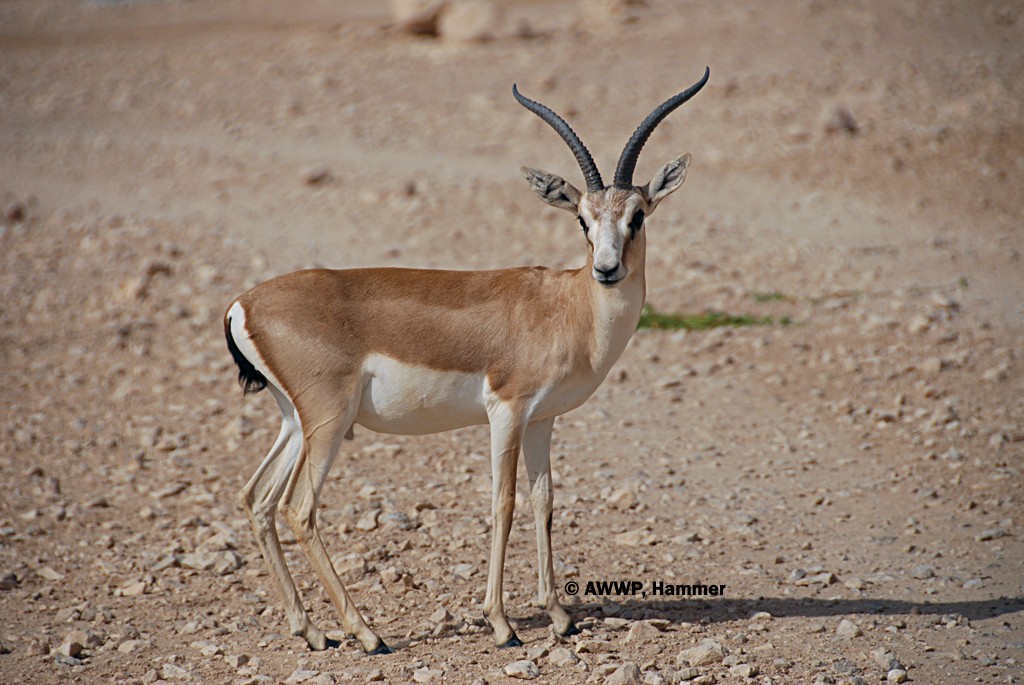 |
|
Throughout much of their range, goitered gazelles undergo seasonal migrations. Unlike many gazelles, the goitered gazelle has a restricted breeding season. This occurs from November to January, with the resulting births taking place in April and May. During the breeding season, adult males become territorial. Like their cousins the “Rheem” gazelle the males show then the distinct “goiter” as well as a distinctive swelling of their pre-orbital glands. Persian goiter gazelles inhabit deserts, semi-deserts, hilly plains, and plateaus in southern and central Asia. It is classified as NEAR THREATENED (lower risk) by IUCN. There is an European studbook on this species where AWWP participates in.
Phillips Dikdik / Madoqua saltiana phillipsi
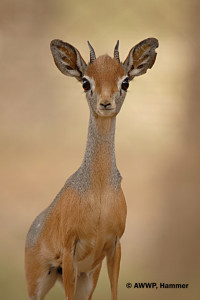 |
 |
The Phillips Dikdik is found in east/mid Ethiopia and northern Somalia. It is one of the smallest antelopes with adults weighing about 3kg only and lambs weighing at just 390 grams after birth. AWWP is the only known facility that keeps and regularly breeds this species. |
Red Fronted Gazelle / Eudorcas rufifrons
  |
  |
|
|
The red fronted gazelle lives in open thorn bush savanna and vegetation-covered dunes south of the Sahara (the Sahel). There are several subspecies described. Since these gazelles are dependant on water availability they must undertake seasonal migrations within their range: north into the desert in the wet season, and returning to the south in the dry season. They prefer open habitats and hence may be found in close proximity with humans and their cultivated areas. There are not many institutions that keep this species, just one in Europe and some in North America. The IUCN classified the red fronted gazelle as VULNURABLE.
Soemmerings Gazelle / Gazella soemmerringii berberana
 |
The Soemmerings Gazelle is endemic to the Horn of Africa. Once they gathered in hundreds on open plains and made substantial seasonal migrations.
Today, they are seldom seen in herds larger than about 15. Hunting, overgrazing and habitat degradation by domestic stock are causes of decline to these large gazelles. Listed as VULNERABLE by IUCN. There are regular breeding successes at the AWWP for many years. |
  |
  |
Somali Wildass / Equus africanus somalicus

Since the Somali Wildass is nowadays the most endangered equid worldwide, the breeding of this delicate species is of the utmost importance. Due to over hunting, competition with livestock, interbreeding with feral donkeys and habitat destruction, the population numbers in their natural range, the Horn of Africa, have been dramatically reduced in recent decades. They are listed as critically endangered by the IUCN and face an extremely high risk of extinction in the wild in the near future. AWWP has started with this species in 2005 with 6 founder animals from different European zoological facilities. 8 foals have been born at AWWP until spring 2009.
In April 2008 two unrelated stallions from the European Breeding program (EEP) arrived at AWWP to improve the genetics of the existing stock.
























